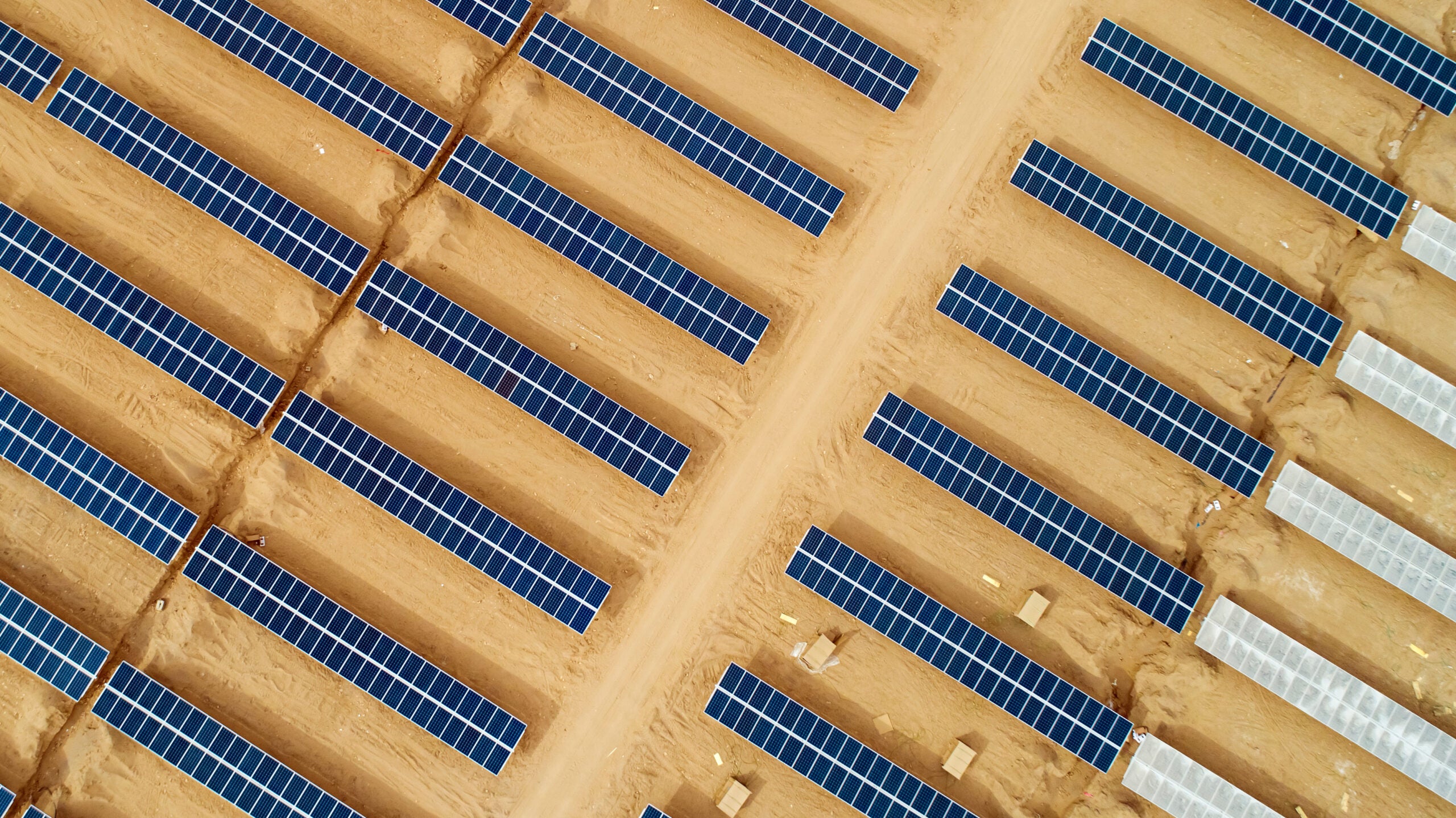GlobalData’s latest report, “Romania Power Market Outlook to 2030, Update 2021 – Market Trends, Regulations, and Competitive Landscape” discusses the power market structure of Romania and provides historical and forecast numbers for capacity, generation, and consumption up to 2030. Detailed analysis of the country’s power market regulatory structure, competitive landscape, and a list of major power plants are provided.
The report also gives a snapshot of the power sector in the country on broad parameters of macroeconomics, supply security, generation infrastructure, transmission and distribution infrastructure, electricity import and export scenario, degree of competition, regulatory scenario, and future potential. An analysis of the deals in the country’s power sector is also included in the report.
How well do you really know your competitors?
Access the most comprehensive Company Profiles on the market, powered by GlobalData. Save hours of research. Gain competitive edge.

Thank you!
Your download email will arrive shortly
Not ready to buy yet? Download a free sample
We are confident about the unique quality of our Company Profiles. However, we want you to make the most beneficial decision for your business, so we offer a free sample that you can download by submitting the below form
By GlobalDataRomania has set a target of phasing out coal-fired power by 2032. This is expected to aid the development of the renewable power sector, particularly solar PV. Solar PV capacity in the country is expected to triple during the 2021 to 2030 period, growing from 1.39GW in 2020 to 4.25GW in 2030. The Romanian government is expected to establish a coal commission and phase out coal power by 2032. Several oil-fired plants are also expected to be decommissioned by the government during the 2021 to 2030 period. With the phase out of coal power and decommissioning of oil-fired plants, the country will have to significantly depend on gas-fired plants for thermal power generation.

The Romanian Government has been proactively working towards the development of the renewable sector in the country. Two major reasons for this proactive approach are the phase out of coal power plants in the country and to meet the energy and emission targets under the National Energy and Climate Plan (NECP). The government is looking to introduce Contract for Difference (CfD) scheme inspired by the UK’s CfD system for the renewable sector. The scheme is expected to be launched before the end of 2022 and the Romanian Government expects it to boost renewable power development in the country. Offshore wind plants, which are expected to commence operations from 2029, will further aid in replacing the decommissioned thermal power capacity.
Romania has set a target of 30.7% renewables share in its total power capacity mix by 2030. This is set to drive the renewable power market in the country, especially for wind power and solar PV technologies. This will also present opportunities for transmission and distribution infrastructure developers as the country would be keen on integrating renewable power sources in the national grid. Rapid solar PV capacity additions will help the country in increasing its electricity generation, thereby reducing power imports from neighbouring countries that have been high in 2019 and 2020.
Romania has large fossil fuel reserves and well-developed electricity infrastructure. The country has a balanced mix between thermal power, hydropower, and nuclear power. Oil and gas production in the country has been declining due to depleting reserves and unfavourable government policies. This is making the country dependent on Russia for gas imports. The government is also exploring the option of producing shale gas. However, the recovery of shale gas has become a debatable issue in the country due to environmental concerns, such as possible groundwater contamination and earthquakes.
The country was a net exporter of electricity for the majority of the last two decades. However, in 2019 and 2020, the electricity imports rose sharply due to reduced annual power generation caused by the closure of several thermal power plants in the country. Romania is looking to derive more of its power needs from renewable sources. The country is seen as a fast-growing market for wind power in the south-east European region and the commencement of offshore wind farms from 2029 will further strengthen the wind power market.





